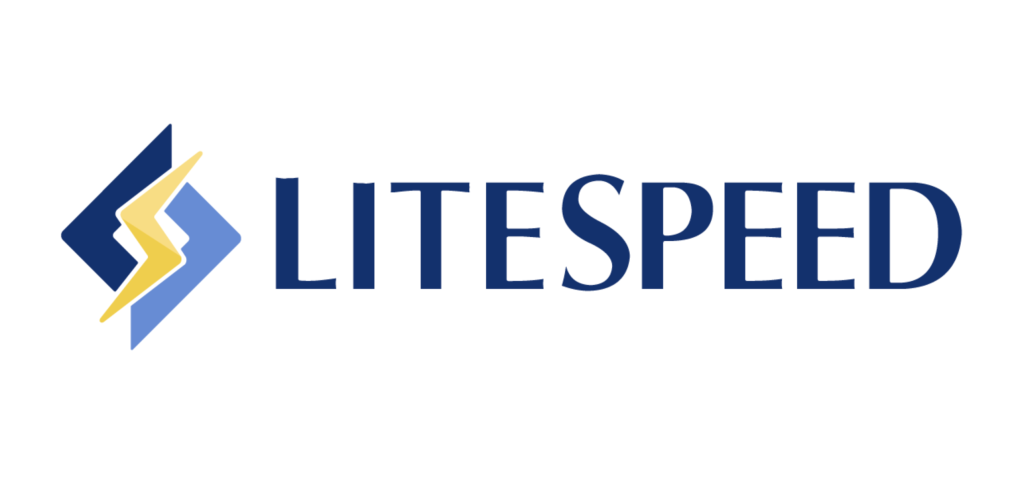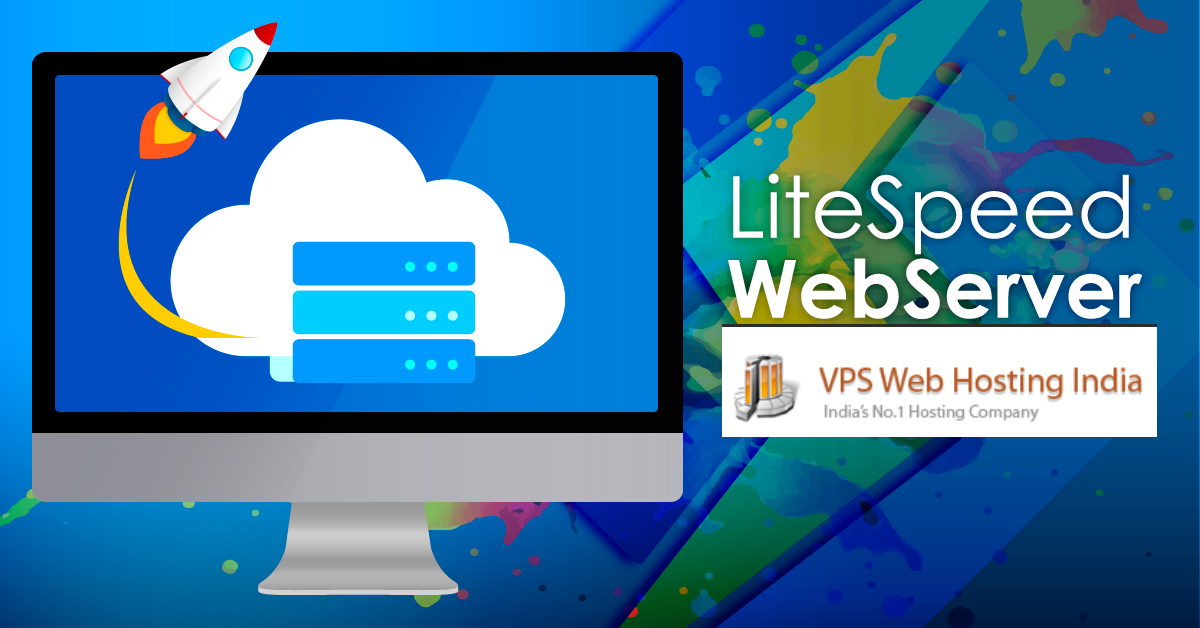Table of Contents
Have you ever come across LiteSpeed Web Server, also known as LSWS? It’s currently one of the most widely used web servers worldwide. But what exactly is a web server?
Well, think of it as the backbone of the internet. Whether you’re setting up a commercial e-commerce site, a personal blog, or just exploring the online world, understanding web servers is crucial.
With a web server, website owners have the power to manage and design their online spaces. Websites offer more control and professionalism compared to blogs, catering to specific needs efficiently.
Keep in mind, though, that there’s a variety of web server software out there, each with its own strengths and weaknesses. So, choosing the right one for your needs is essential.
What Is LiteSpeed Web Server?
LiteSpeed Web Server is a proprietary web server software that is known for its high performance and low resource consumption. It is a drop-in replacement for the Apache web server but is also compatible with leading open-source web technologies, making it a versatile choice for many types of web hosting environments.

LiteSpeed Web Server stands out for its advanced support for the latest web technologies, including HTTP/3. Leveraging the QUIC and HTTP/3 library, LiteSpeed offers enhanced performance and security, making it a compelling choice for modern web hosting scenarios.
In the world of web hosting, LiteSpeed plays a crucial role due to its performance and efficiency. It is designed to serve thousands of clients concurrently with minimal memory consumption and CPU usage. This makes it particularly effective for shared hosting environments where resources are limited. Furthermore, LiteSpeed’s compatibility with commonly used web technologies and its easy-to-use control panel makes it a user-friendly choice for web hosting providers and website owners.
Why is Litespeed Important?
LiteSpeed’s importance lies in its top-notch performance, scalability, security, compatibility, and continuous innovation.
It effectively manages website traffic, provides strong security, and works seamlessly with various applications, making it the go-to choice for website owners prioritizing performance and reliability.
Slow website loading speeds pose a significant challenge for developers and digital agencies, impacting user experience, client acquisition, and profitability.
Types of LiteSpeed Web Server
LiteSpeed Web Server comes in two variants:
1. OpenLiteSpeed
This is the open-source version of LiteSpeed Web Server. It’s freely available and offers many of the core features of LiteSpeed. OpenLiteSpeed is an excellent choice for individuals and small businesses. It’s a high-performance web server without the cost associated with the enterprise version.
2. LiteSpeed Enterprise
LiteSpeed Enterprise is the commercial version of LiteSpeed Web Server. It includes all the features of OpenLiteSpeed and offers additional benefits such as advanced security features, performance optimizations, and official support. It is primarily targeted at larger enterprises and hosting providers.
Pros And Cons Of LiteSpeed Server
LiteSpeed Server, a high-performance web server, comes with its set of advantages and disadvantages. Here’s a breakdown of the pros and cons of using LiteSpeed:
Pros
Exceptional Performance:
LiteSpeed is renowned for its impressive performance, particularly in handling a large number of concurrent connections efficiently. Its event-driven architecture allows for better resource utilization and faster response times.
Compatibility with Apache:
One of the significant advantages of LiteSpeed is its compatibility with Apache configurations. It can serve as a drop-in replacement for Apache, making migration relatively seamless for users familiar with Apache setups.
Easy Transition:
LiteSpeed supports Apache’s mod_rewrite rules, which simplifies the transition process for websites already running on Apache. This compatibility ensures that existing configurations and rules can be retained.
Built-in Caching:
LiteSpeed comes with built-in caching solutions, such as LiteSpeed Cache for WordPress. Caching is essential for improving website speed and reducing server load, resulting in a better user experience.
Security Features:
LiteSpeed offers robust security features, including mod_security integration for web application firewall (WAF) capabilities. It also provides anti-DDoS features to help protect against distributed denial-of-service attacks.
Low Resource Usage:
Due to its efficient event-driven architecture, LiteSpeed typically uses fewer server resources compared to traditional servers like Apache. This can be beneficial for optimizing server performance and reducing hosting costs.
HTTP/3 Support:
LiteSpeed supports the latest HTTP/3 protocol, offering improved performance and security compared to its predecessors.
Cons
Cost:
While LiteSpeed offers a free version, the more advanced features and optimizations may require a paid license. Budget-conscious users may need to take this cost factor into account.
Open Source Limitations:
The fully-featured version of LiteSpeed is not open source. Some users prefer fully open-source solutions for transparency and customization, which may lead them to choose alternative servers like Apache.
Market Share:
LiteSpeed has a smaller market share compared to Apache, which has been a longstanding leader in the web server landscape. This may affect the availability of plugins, modules, and community support compared to more widely adopted servers.
Learning Curve:
While LiteSpeed is designed to be compatible with Apache, users transitioning from Apache may still encounter a learning curve associated with new features and configurations specific to LiteSpeed.
Limited Community and Documentation:
LiteSpeed’s community and documentation, while growing, may not be as extensive as that of more established servers like Apache. This could impact the availability of resources for troubleshooting and problem-solving.
Benefits of LiteSpeed Server
- Double the maximum capacity of Apache – The majority of “shared” web hosts still use Apache web server. LiteSpeed Web Server’s streamlined event-driven architecture, capable of handling thousands of concurrent clients with minimal memory consumption and CPU usage.
- Added security – Continue using already familiar mod_security rules while also taking advantage of a host of built-in anti-DDoS features, such as bandwidth and connection throttling.
- Reduce complexity – By eliminating the need for an HTTPS reverse proxy or additional 3rd party caching layers.
Key Features and Capabilities of LiteSpeed
LiteSpeed comes packed with features that make it a powerful choice for web hosting. Here are some of its key capabilities:
- Event-Driven Architecture: This allows LiteSpeed to handle thousands of concurrent connections with minimal memory and CPU usage.
- Cache Engine: LiteSpeed’s built-in cache engine can dramatically speed up both static and dynamic content delivery.
- Apache Compatibility: LiteSpeed is fully compatible with Apache features like mod_rewrite and .htaccess, making it an easy drop-in replacement.
- DDoS Protection: LiteSpeed includes built-in anti-DDoS features, including bandwidth and connection throttling.
- HTTP/3 Support: LiteSpeed supports the latest HTTP/3 protocol for faster and more secure web content delivery.
- Easy Administration: LiteSpeed provides a user-friendly web-based interface for server administration and configuration.
- Cloud and Virtualization Friendly: LiteSpeed works seamlessly in cloud and virtualized environments, making it a versatile choice for modern web hosting.
- CloudLinux Integration: LiteSpeed is fully compatible with CloudLinux, allowing you to take advantage of features like CageFS and PHP Selector for improved security and flexibility.
Security Features of LiteSpeed
LiteSpeed Web Server comes with several built-in security features:
- Anti-DDoS Features: LiteSpeed includes features to mitigate DDoS attacks, helping to keep your website accessible even under attack.
- SSL/TLS Support: LiteSpeed supports SSL and TLS, allowing you to encrypt data in transit between the server and the client.
- ModSecurity Compatibility: LiteSpeed is compatible with ModSecurity, a popular open-source web application firewall that can help protect your site from various types of attacks.
- Brute Force Attack Protection: LiteSpeed includes features to protect against brute force attacks, which involve an attacker trying many passwords or passphrases with the hope of eventually guessing correctly.
LiteSpeed License
LiteSpeed Web Server is commercial software, and using it requires a license. LiteSpeed offers several licensing options, including licenses for shared hosting providers, enterprise users, and individual website owners.
| License | Domain Limit | Workers | RAM Limit |
|---|---|---|---|
| FREE Starter | 1 | 1 | 2 GB |
| Site Owner | 5 | 1 | 8 GB |
| Site Owner Plus | 5 | 1 | Unlimited |
| Web Host Lite | Unlimited | 1 | 8 GB |
| Web Host Essential | Unlimited | 1 | Unlimited |
| Web Host Professional | Unlimited | 2 | Unlimited |
| Web Host Enterprise | Unlimited | 4 | Unlimited |
| Web Host Elite | Unlimited | Configurable | Unlimited |
They also offer a free version of LiteSpeed called OpenLiteSpeed, which has some limitations compared to the commercial version but is still a powerful, high-performance web server.
Conclusion
In conclusion, LiteSpeed Web Server stands out as a robust and eco-friendly solution for website hosting. It excels in performance, security, and scalability, ensuring a seamless user experience. Its straightforward setup and compatibility with various technologies make it an ideal choice for enhancing website speed and reliability. For those seeking a dependable and high-performing web server, LiteSpeed emerges as a top contender.

